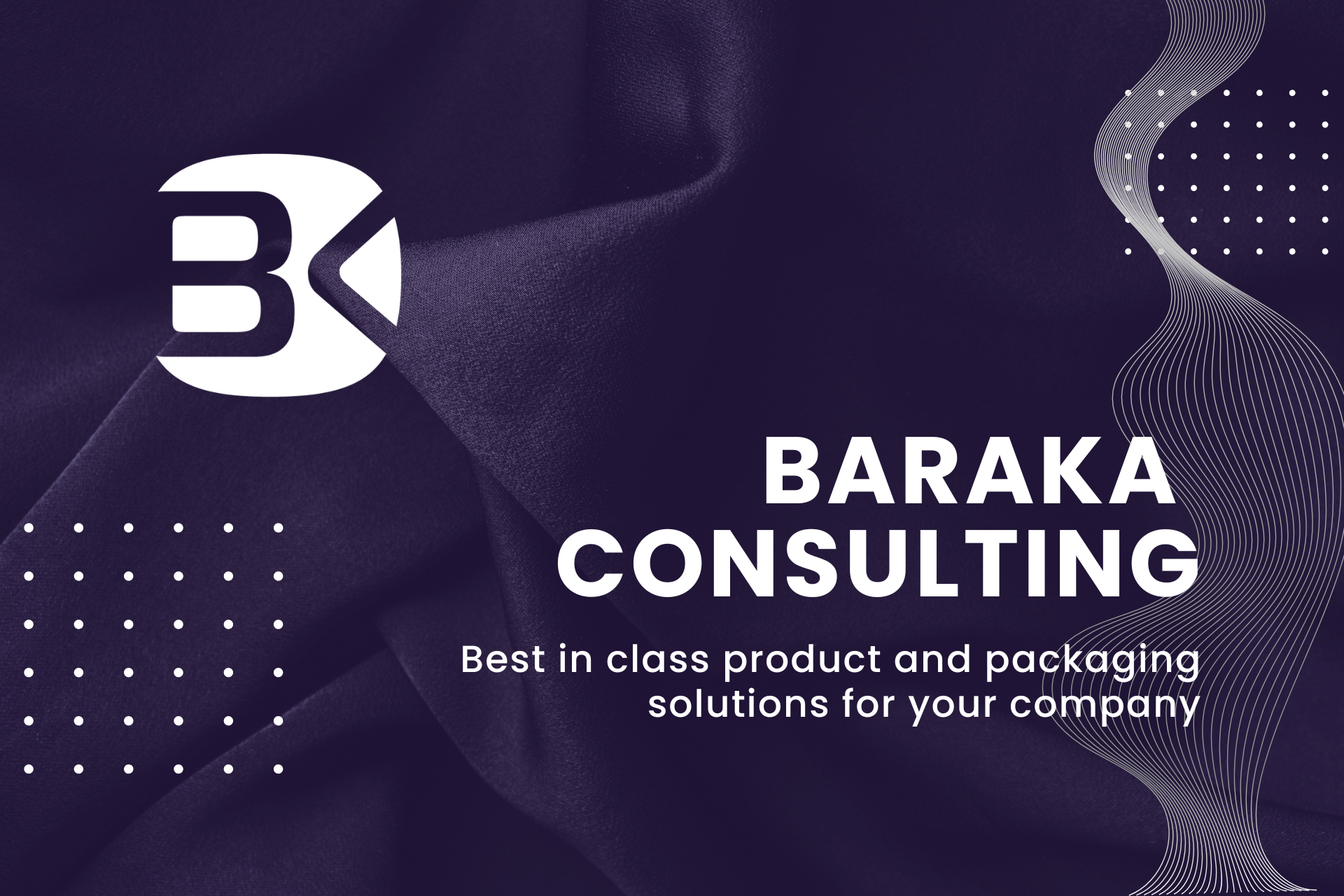Cost-Effective Packaging Solutions: A Guide for Businesses
Baraka • November 21, 2024
Cost-Effective Packaging Solutions: A Guide for Businesses
Introduction
Why Packaging Matters for Businesses
In today’s competitive market, packaging isn’t just about protecting products. It’s an essential part of branding, customer experience, and sustainability. As businesses strive to reduce costs while improving their environmental footprint, finding cost-effective packaging solutions has become a priority. But how can businesses achieve this balance without compromising on quality or design? Let’s explore some smart strategies for cost-effective packaging that work.
Understanding the Importance of Cost-Effective Packaging
Why Cost-Effective Packaging is Crucial for Your Business
Packaging affects more than just the price of a product—it influences supply chain logistics, marketing, and customer satisfaction. By optimizing packaging, businesses can significantly reduce operational costs while still ensuring that products are well-protected and visually appealing.
The Link Between Packaging and Profit Margins
Reducing packaging costs can directly improve profit margins, especially when scaled across large volumes of products. For small businesses and large corporations alike, small changes in packaging can have a significant impact on the bottom line.
Types of Cost-Effective Packaging Solutions
1. Minimalist Packaging Design
Simpler is often better when it comes to packaging. A minimalist approach reduces the amount of material used, resulting in lower costs. This approach also appeals to eco-conscious consumers, as it often reduces waste.
- Benefits: Lower production costs, less waste, faster production times.
- Examples: Simple folding cartons, clear plastic sleeves, and lightweight wrapping materials.
2. Eco-Friendly Packaging
Eco-friendly packaging solutions are gaining popularity. Materials like recycled paper, biodegradable plastics, and cardboard made from sustainable sources can be affordable while also being more sustainable than traditional packaging.
- Benefits: Reduced environmental impact, appeal to eco-conscious consumers, potential tax incentives.
- Examples: Recycled kraft paper, corrugated cardboard, compostable bags.
3. Bulk Packaging
Bulk packaging refers to packing products in large quantities instead of individually. This is ideal for items that can be sold in bulk or packaged together for distribution to retailers.
- Benefits: Reduces packaging material cost per unit, lowers shipping costs.
- Examples: Bulk bags, large cardboard boxes, reusable totes.
4. Flexible Packaging
Flexible packaging includes pouches, bags, and wrappers made from flexible materials, often with re-sealability features. This type of packaging is lightweight and cost-effective while providing convenience and protection.
- Benefits: Lower shipping costs, versatility, ability to use fewer materials for the same volume.
- Examples: Stand-up pouches, flexible blister packs, foil pouches.
Ways to Cut Packaging Costs Without Sacrificing Quality
1. Optimize Packaging Size
Over-sized packaging can lead to unnecessary costs in material and shipping. By optimizing the packaging size to fit the product snugly, businesses can cut costs and improve product presentation.
- Tip: Conduct regular product and packaging reviews to ensure that sizes are appropriate.
2. Reduce Packaging Layers
Excess layers of packaging not only add unnecessary cost but also increase the environmental impact. Simplify packaging designs by reducing the number of layers and using multi-functional packaging materials.
- Tip: Consider using molded pulp or cardboard inserts to eliminate the need for additional layers of bubble wrap or plastic.
3. Streamline the Supply Chain
Working closely with suppliers to optimize packaging efficiency and reduce waste is an essential step toward cost-effective packaging. By consolidating suppliers and streamlining delivery processes, businesses can lower packaging-related expenses.
- Tip: Explore opportunities for bulk purchasing of packaging materials to secure better pricing.
4. Embrace Automation
Automating the packaging process can save time and reduce labor costs. Automated machinery can quickly assemble and pack products with precision, reducing errors and improving overall efficiency.
- Tip: Invest in automated packaging systems that allow for faster production times and more consistent results.

Choosing the Right Materials for Cost-Effective Packaging
1. Cardboard and Paperboard
These materials are versatile, affordable, and easily customizable. Cardboard is durable, recyclable, and often used for shipping boxes, retail packaging, and point-of-purchase displays.
- Advantages: Low cost, recyclability, and strength.
- Considerations: Ensure that the type of cardboard used is appropriate for the product’s weight and fragility.
2. Corrugated Boxes
Corrugated boxes are cost-effective, lightweight, and highly protective, making them a great choice for shipping products. They can also be recycled, making them a sustainable choice.
- Advantages: Economical, durable, and recyclable.
- Considerations: Choose the right thickness for the product being shipped to avoid damage during transport.
3. Plastic Alternatives
While plastic is often associated with higher costs, alternatives like biodegradable plastics and plant-based materials can offer cost savings while providing similar durability.
- Advantages: Lightweight, durable, and often more sustainable.
- Considerations: Check if the alternative material offers the same protection as traditional plastic for your specific product.
Packaging Design Tips to Cut Costs
1. Think About Shipping Efficiency
The size and shape of your packaging can affect shipping costs. By choosing packaging that fits your products tightly, you can reduce dimensional weight charges, which can significantly lower shipping expenses.
- Tip: Use packaging that maximizes space and minimizes empty voids.
2. Reduce Printing and Decoration Costs
Packaging design can be costly, especially when printing high-quality images or intricate designs. Opt for simpler graphics and less elaborate printing techniques to save on costs.
- Tip: Use fewer colors in printing and consider labeling rather than printing directly on the packaging.
Sustainable Packaging: Saving Costs While Going Green
1. Long-Term Savings Through Sustainability
While eco-friendly materials may come with a higher initial cost, they often lead to long-term savings. As businesses and consumers become more focused on sustainability, opting for greener packaging can lead to higher demand and brand loyalty.
- Example: Companies that offer eco-friendly packaging may see reduced disposal fees, increased customer retention, and government incentives.
2. Partner with Sustainable Suppliers
Working with suppliers who offer eco-friendly and cost-effective packaging options ensures that you receive the best materials at competitive prices. Suppliers who focus on sustainability can also guide businesses toward reducing waste and optimizing packaging.
The Future of Cost-Effective Packaging
The packaging industry is constantly evolving, with new technologies, materials, and designs emerging regularly. Businesses need to stay on top of these trends to remain competitive while keeping costs down.
Innovative Packaging Technologies
Advancements in digital printing, smart packaging, and sustainable materials are revolutionizing how products are packaged. Embracing these innovations can help businesses stay cost-effective and environmentally responsible.
Conclusion
Cost-effective packaging is not just about saving money; it’s about finding the right balance between efficiency, sustainability, and customer experience. By adopting minimalist designs, using the right materials, and optimizing packaging processes, businesses can reduce costs while enhancing their brand image. The key is to think creatively, embrace innovation, and prioritize sustainability as a long-term strategy.
How can I reduce packaging costs without affecting quality?
Focus on optimizing packaging size, reducing layers, and using more affordable, sustainable materials.
Is eco-friendly packaging more expensive?
While some eco-friendly options may have a higher upfront cost, they often lead to long-term savings due to reduced waste and enhanced customer loyalty.
What are the benefits of using corrugated boxes for packaging?
Corrugated boxes are durable, affordable, and recyclable, making them a cost-effective and sustainable option for many products.
Can automation help reduce packaging costs?
Yes, automating the packaging process can improve efficiency, reduce labor costs, and minimize errors, leading to lower overall costs.
How do I choose the right packaging materials for my products?
Consider factors like durability, weight, shipping costs, and recyclability when selecting packaging materials. Working with experienced suppliers can also help ensure you make the best choice.



